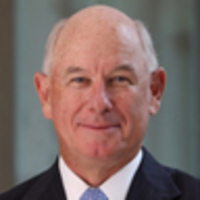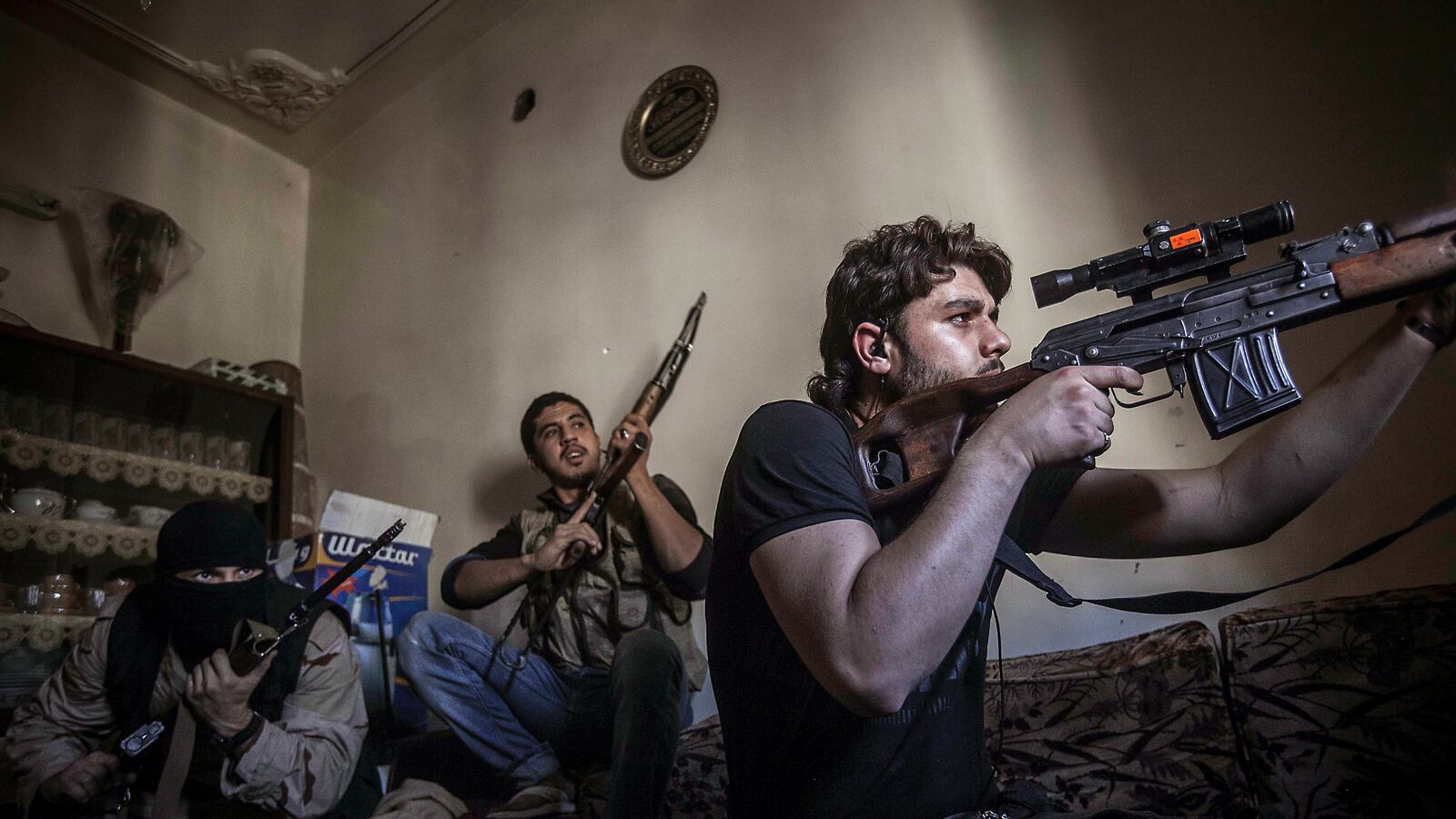Whether the grinding civil war within Syria is reaching a tipping point, U.S. policy toward Syria is approaching a potential turning point. Later this year or early next, Washington may formally recognize the Syrian opposition as a viable alternative to the regime of President Bashar al-Assad. If that happens, are there policy and tactical adjustments that need to be made as well?

The Syrian opposition now holds meaningful swaths of territory within Syria and political momentum beyond its borders. Under pressure from the international community and the United States, the opposition was restructured and expanded last month in Doha, strengthening links between combatants and political figures inside and outside the country.
Morocco will host the next Friends of Syria conference on Dec. 12. The so-called National Coalition of Syrian Revolutionary and Opposition Forces will have an opportunity to demonstrate that it has overcome divisions that hampered its effectiveness over the past year. Turkey, Britain, France, and the Gulf states have already formally recognized the new coalition. If the meeting in Morocco goes well, the United States could soon follow suit.
The decision to formally recognize the opposition is about more than symbolism. The United States would shift from just being against Assad—President Obama declared last year after months of hesitation that Assad had lost legitimacy and should step aside—to designating the opposition as the legitimate representative of the Syrian people and empowered to lead the transition when Assad falls.
Then what? Would, for example, the Obama administration consider more direct involvement, including military action, to hasten Assad’s departure? The answer is almost assuredly no.
For well over a year, President Obama has chosen not to invoke a responsibility to protect the Syrian population from government-sponsored violence as he did in Libya, despite an estimated 40,000 killed and millions displaced, either internally or to refugee camps in Turkey and Jordan. The ideal confluence of conditions that enabled last year’s Libyan intervention—local and regional support, authorization by the United Nations and willing partners—do not exist with Syria for many reasons, including opposition by Russia and China, the deepening crisis in the Eurozone and U.S. domestic politics.
Syria, which Robin Wright of the Woodrow Wilson Center describes as the “strategic center” of the Middle East, represents a much more formidable, complex, and potentially costly challenge than Libya did. If there are questions about the administration’s Syria strategy, they stem primarily from its characterization of the Libya intervention as a “responsibility” rather than a choice. Rather, the existing military strategy is containment—preventing the violence within Syria from threatening or destabilizing the neighborhood. With this in mind, the United States is poised to send Patriot missiles to Turkey, its NATO ally.
If direct intervention is off the table for the time being, what about arming the opposition?
The United States has provided non-lethal assistance to the Free Syrian Army, but has drawn the line at significant weapons. While the administration has actively discouraged others from sending arms, Syria is a proxy war and parties on all sides of the conflict are providing weapons, advisers, and money.
Arming the opposition poses a genuine dilemma. The opposition is outgunned, although its takeover of Syrian military bases has narrowed the gap. But with no boots on the ground, there is simply no effective way of knowing to whom the arms are going. There are an estimated 2,000 factions within the Free Syrian Army, including what one local termed a “foreign legion” of Islamist fighters who have entered the country.
As we have seen in Libya, the more weapons inserted during the conflict, the harder to establish stability and sovereignty when it ends. The Benghazi attack that killed four Americans in September is a tragic manifestation. Given the fragmentation of Syrian society, disarmament will be a major challenge.
Rather than getting directly involved in the conflict, the United States has concentrated on the day after Assad falls. But at that point, what will Syria look like and what will it need?
One dire possibility is that Assad’s fall will not actually end the civil war. The Iraqi army dissolved after the fall of Saddam Hussein, with a significant portion joining the insurgency. Likewise, the losers in Syria, whether the Alawites, other regime elements, or its supporters, are not likely to go quietly.
A critical requirement when the regime is defeated is securing Syria’s stocks of chemical weapons and shoulder-fired anti-aircraft missiles (MANPADS) including known Soviet-era systems like SA-7s and SA-16s. An accurate accounting of what was in Qaddafi’s arsenal has been difficult. Again, Syria will be harder, and with extremists on scene, more urgent.
The day after, Jordan and Turkey will be anxious to move refugees back home. Much like the international experience in Iraq after the first Gulf War and in Kosovo later in the ’90s, people will move home only if they are confident it is safe.
Unlike Libya, but more like Bosnia and Kosovo, an international security force may be required to keep the combatants at bay, secure the regime’s most dangerous weapons, stabilize Syria’s borders with key U.S. allies, and protect the civilian population. Such a mission would represent a vital U.S. interest. Others in the region can fund Syria’s long-term recovery.
Such an intervention will only work if the region is invested in the solution. An international peace conference should be also convened that includes all of the combatants, including representatives from the existing government, and key regional players, including Iran and Russia.
Military intervention in Syria won’t happen now, but could be needed as the civil war reaches its climax. But political support should be developed and planning refined now, for that day after may arrive sooner than anticipated.




